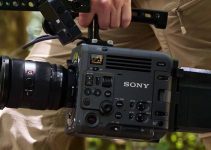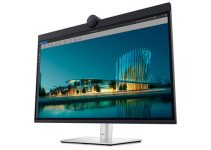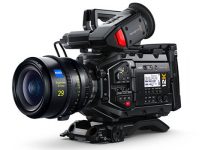Sony is one of the most popular brands among independent filmmakers. The company has always been in the high-end camera market but has slowly entered the field where smaller brands prevailed. Now we have a lot of small mirrorless cameras available out there with great specs and affordable prices, at least for beginners who want to dip their toes into professional video shooting.
But what is that makes so popular Sony cameras? Price plays an important role, there’s no doubt about that, but the quite famous picture profiles like HLS, S-Log2, and S-Log3 have an even bigger role. But if you’re just starting out, these picture profiles can be a bit confusing at first. So, to help us get a proper exposure with these log formats, Dunna Did It has made an insightful and informative video on the topic.
Now, let’s start with the basics. What is Log and S-Log2 in particular? Log formats are needed to cramp more color information inside the captured video, squeezing the maximum dynamic range your camera provides.
From bright highlights to dark shadows, there’s a wider range of tones we can get on the same exposure if using a log profile. There’s a drawback, though. The image results in a dull and flat picture when not graded, and that makes it harder to get the right exposure to maximize the results.
The problem you’ll encounter if the S-Log2 is not properly exposed is that once you get to the grading part in your editing suite, the footage will fall apart as soon as you start manipulating it, especially if it’s 8-bit.
Below, for instance, we can see how the color is rendered on the neck. The saturation is pulled up to the extreme to show clearly the results: the blue of the veins is exaggerated and gets all ruined. So, how to fix this?
There’s a couple of tweaks that are known to resolve this issue. The first is to set zebras at 107% and have everything under that level, or setting the skin tones at 70 IRE. You can get there by setting the zebras at 70% and keep a light clipping at the subject’s face.
In the video tutorial, Dunna adds another little trick. He cranks up the saturation to the maximum level in-camera inside the Picture Profile options by bringing the saturation from 0 to +32.
The result seems to confirm his hunch. Once you crank up the saturation in the editing suite, the skin tones look much more consistent. There is no blotchiness and degradation as we’ve seen in the first image.
By looking at the final results, we get a sense that the trick is worth trying. It seems that the 107% zebra tip might yield controversial results, though, or at least it’s not applicable to all occasions.
If the scene has a wide tonal range, for instance, it’s probably a better idea to let go of some portions of the image to save the subject. In this case that would have meant blowing up the window, since the important part was the talent in the middle of the frame.
So, what do you think of these tips? Do you find it useful? Do you even shoot in S-log or do you prefer the HLG profile? Let us know in the comments below.
[source: Dunna Did It]
Disclaimer: As an Amazon Associate partner and participant in B&H and Adorama Affiliate programmes, we earn a small comission from each purchase made through the affiliate links listed above at no additional cost to you.




